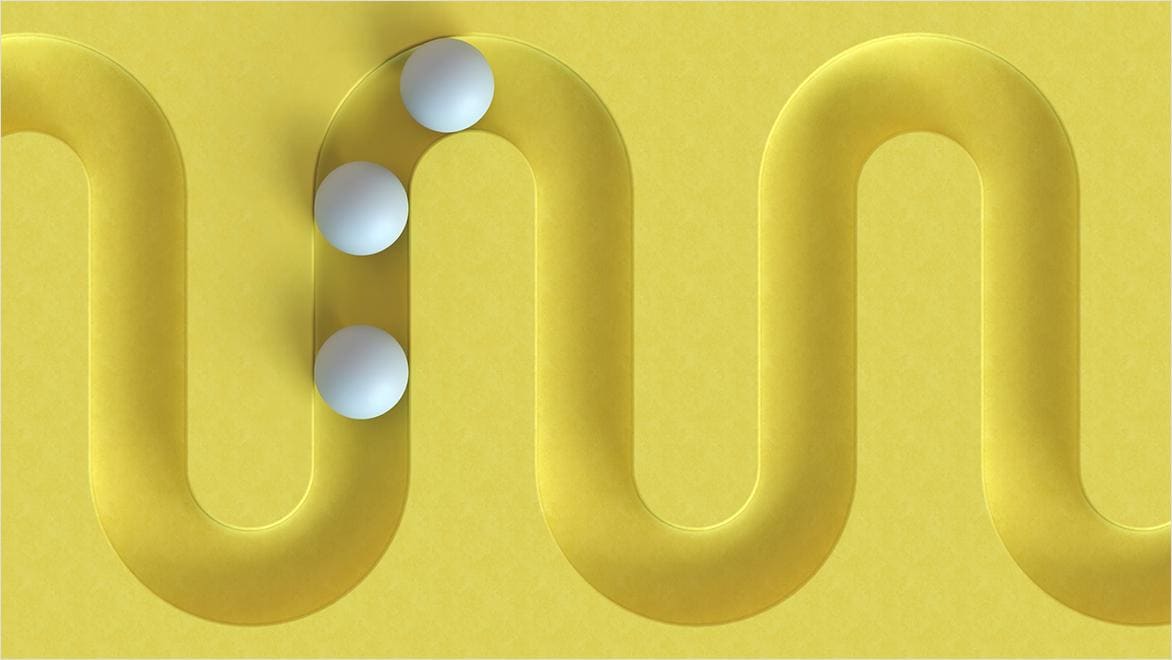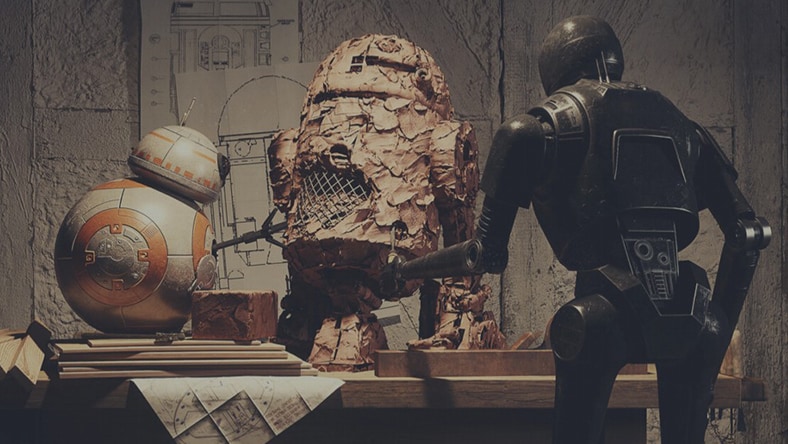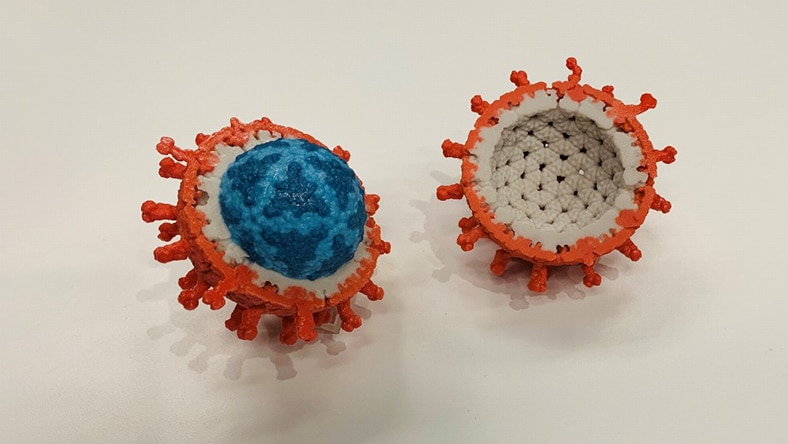& Construction

Integrated BIM tools, including Revit, AutoCAD, and Civil 3D
& Manufacturing

Professional CAD/CAM tools built on Inventor and AutoCAD
Motion graphics is basically animated graphic design. It takes design elements such as shapes, text, and images and puts them in motion, often to help visually portray a set of information, such as animating an infographic.
Moviegoers encountered the earliest forays into motion graphics in the 1950s, when film studios employed graphic designers to create moving title sequences to set the tone for a movie. These designers complemented the mood and attitude of the film with the illustrations, pacing, sounds, colors, and fonts they chose for their title sequences.
Saul and Elaine Bass were some of the most celebrated early motion graphics artists creating Hollywood title sequences. Saul first made a splash with his work on The Seven Year Itch (1955), as well as Alfred Hitchcock films such as To Catch a Thief (1955), North by Northwest (1959), and Psycho (1960). The two worked together on Spartacus (1960) and, after marrying in 1961, continued working together for many years.
In the intervening decades, motion graphics grew by leaps and bounds, not only in popularity among visual media industries but also in terms of technology. These days, most visual artists use motion graphics software of immense sophistication to create moving visuals for a variety of purposes:
Opening credits: The original motion graphics experience is alive and stronger than ever today, with not only movies but also, most significantly, TV series creating their title sequences with motion graphics. Some famous opening sequences in current or recent TV series include Stranger Things, Game of Thrones, Only Murders in the Building, True Detective, Archer, Mad Men, Westworld, The Witcher, and many others.
Broadcast media: Because motions graphics work well to illustrate hard-to-understand ideas or data-heavy facts, many broadcast media such as news organizations use them to present charts, graphs, maps, and other concepts, as well as using motion graphics for their on-air branding.
Advertising/marketing: Companies and agencies can create more engaging, impressive, and entertaining materials with the inclusion of motion graphics. For example, product videos and explainer videos can be more fun and memorable with the addition of motion graphics, and that option often costs less than producing full character animation.
Websites: Web designers have become more adept at incorporating motion graphics into their user interfaces to improve usability and user experience.
Retail: Whether it’s a restaurant menu or a store bulletin board, more and more retail signage appears on flat screen displays. With that change, motion graphics have also become a big factor in on-site retail messaging.
Social media/creators: Do-it-yourself motion graphics—from online software templates to simple apps that combine music, text, imagery, and motion—are popular with viral meme-makers and social media influencers.
Regardless of the industry or the visual medium, anyone who wants to outline a group of factual points or concepts could benefit from the simple but powerful communication of motion graphics. As an alternative to full-blown animation that usually tells a narrative story, motion graphics are usually easier and less expensive to produce.
High-level concepts can be difficult to convey using only words or images. Motion graphics can act as visual aids to get across ideas big or small.
Messages enhanced with motion graphics are often more engaging, entertaining, and appealing to a wide audience.
When you want to draw attention to important data presented in charts, tables, or graphs, motion graphics can bring those to life.
Motion graphics can add depth to a message or story. Combining them with music and text or spoken copy, you can create an entire advertisement, music video, tutorial, and more.
Mix business with pleasure using motion graphics to make product, training, and other videos more fun and engaging—often at a lower cost than full animation.
Scale your studio’s rendering and simulation capabilities, while equipping artists with powerful modeling and animation tools
ALT/SHIFT
This German specialty creative studio brings the visions of architectural, interior design, and other clients to life as 2D and 3D designs, animation, and motion graphics using software such as Autodesk 3ds Max.
Image courtesy of ALT/SHIFT
Centers for Disease Control and Prevention
A five-person medical illustration team uses Autodesk software and other tools to convey health risks for the CDC through 3D designs, animation, and motion graphics.
Image courtesy of the CDC
jformento
Brazil-born Jon Formento heads his own 3D visual studio, where, with the help of Autodesk Maya and 3ds Max, he creates 3D motion graphics and product and architectural visualization for high-profile clients.
Image courtesy of jformento
Discover your online hub for all the news, stories, and tutorials in the fields of animation, VFX, motion graphics, and design visualization, where you can post your work and learn from others.
Pro visual artist and content creator Phil Radford runs the MayaGuy YouTube channel, where he covers 3D animation, compositing, motion graphics, simulations, digtal mattes, and other aspects of Autodesk Maya and Bifrost.
Learn all about creating and editing different motion types with the Motion Graphics Toolset and other features of Autodesk Maya in this five-part video series.
3D motion graphics are like other motion graphics in that they take different graphic design elements and set them in motion to illustrate a point or convey a message. Specifically, 3D motion graphics differ from more common 2D motion graphics, which create motion from flat design elements on an x-y plane. Certain motion graphics software also enables motion graphics using 3D models that move on a 3D grid.
Like popular 3D animated movies, 3D motion graphics exude a stronger sense of depth from their movements.
The difference between 2D and 3D motion graphics is the type of graphical elements used in the work—and may also relate to which software was used to create it.
Motion graphics essentially animate graphic design elements—text, shapes, images, and so forth. They are more often 2D visuals, and most video-editing software includes some amount of 2D motion graphics capability. Software for higher-end graphic and animation creation, such as Autodesk Maya, includes both 2D and 3D motion graphics. With 3D motion graphics, graphical elements exist on a 3D grid and give the end result a look of greater depth.
The difference between animation and motion graphics is that motion graphics is a specific, limited type of animation, and animation can describe any visual medium that makes still images or objects move, including hand-drawn cartoons, stop-motion animation, 3D CGI animation, and animated motion graphics.
Although motion graphics technically is animation, the term usually refers to the technique of setting graphic design elements to motion. Think of it as animated graphic design. Meanwhile, the term animation more often than not refers to a cinematic, storytelling work that includes characters and a narrative.
Motion graphics is not the same a video editing, but video editors often work with motion graphics. Designing great motion graphics is a skill and art form in its own right and could easily be a full-time job in which the creator works only with 2D and 3D graphic components.
Meanwhile, a video editor usually makes a pastiche of filmed video, music, vocal audio tracks, special effects, and motion graphics. A video motion graphics artist may also tie together music and spoken audio with moving graphic elements, but the discipline is not as all-encompassing as video editing.




